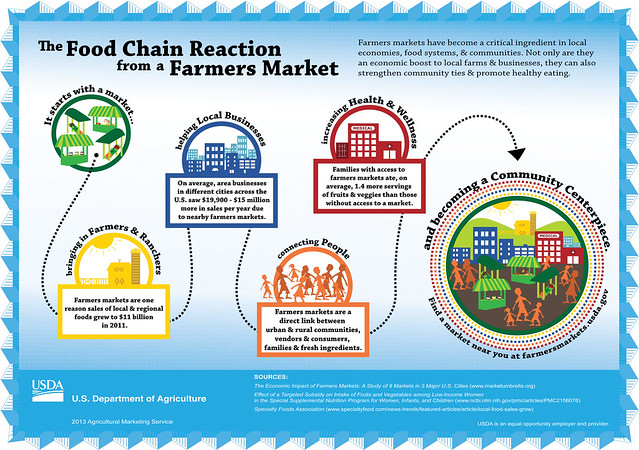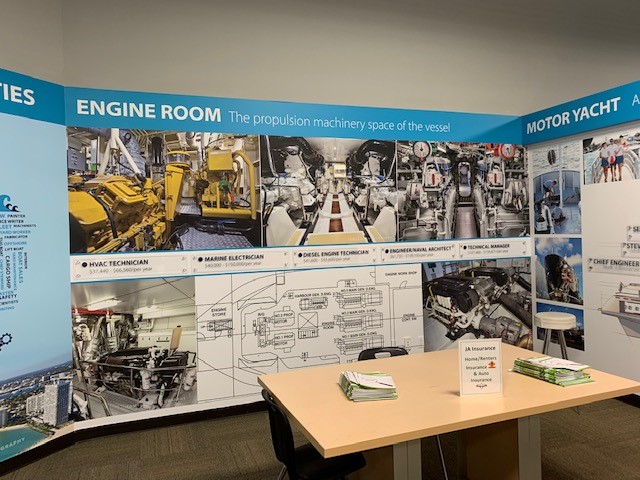“The Great Resignation” has been in the news lately.
There has been significant turnover of young workers, many citing burnout and job dissatisfaction for their reasons to seek other opportunities. For this Labor Day and beyond, Junior Achievement has developed a thought leadership piece and video focusing on the importance of aligning interests, talents, and passion with jobs and how JA learning experiences are one way to do this.
Much has been made in recent months about “The Great Resignation,” the tendency of young workers, primarily Millennials and Generation Z, to quit their jobs to pursue higher-paying, higher growth opportunities. According to a recent survey by Adobe, factors contributing to turnover include pandemic-related burnout, the repetitiveness of duties, poor work/life balance, and general job dissatisfaction. Additional research from Gartner shows that while most HR professionals realize an improved employee experience should be a priority for employers, only 13 percent of current employees are “fully satisfied” with their employment experience. This could help explain why 3.9 million Americans quit their jobs in June of 2021, according to the U.S. Bureau of Labor Statistics (BLS).
The question is, “What can be done about this?” It’s not like this is the first time employees have had work/life balance issues, for example. In fact, according to ADP, the concept goes back to the late 1970s and early 1980s when two-income Baby Boomer families were juggling responsibilities at work and home. Since then, there have been many studies that show similar trends with Generation X and older Millennials. As for job satisfaction, for the past two decades, only about half of Americans have expressed satisfaction with their work, according to the Conference Board. And even in the early 1990s and late 1980s, when job satisfaction was at its peak, around 40 percent of Americans were still dissatisfied. The big difference now is what is driving employees to act on these concerns and quit at historic levels?
One factor could be a disconnect between employee’s interests, talents, and the fields in which they work. There’s a common saying attributed to everyone from Marc Antony to Mark Twain to ancient proverbs that goes: “Find a job you enjoy doing, and you will never have to work a day in your life.” Regardless of who said it, there’s probably some truth to it, given the enduring nature of the sentiment.
The most common denominator behind “The Great Resignation” may be that most people simply don’t like what they are doing for a living. According to the Federal Reserve Bank of New York, of the six most popular college majors, only 27 percent of graduates in those majors continued working in their fields of study following their initial employment out of school. Additionally, the Adobe survey notes that most Gen Z-ers struggling with burnout focus on those aspects of their jobs that they are passionate about to continue working. It’s entirely possible that what’s missing is the alignment of employees’ passions to what they do for a living that can’t be solved by employer perks like occasional free lunches and fitness benefits.
This isn’t to discount contributing factors that cause people to quit jobs, such as bad pay, a toxic workplace, and a lack of growth opportunities. But the fact that it is now happening on such a large scale that it’s become a societal trend should prompt consideration of broader underlying causes, such as the way we think of work and help our young people prepare for it.
At Junior Achievement, part of our focus is to help students become work- and career-ready. We do this by helping them understand the relevance of what they are learning in school to future success. We assist them in exploring their interests and talents as they relate to jobs and careers. Most importantly, we help students understand that higher education isn’t an end unto itself, but instead a means to help them achieve their potential as adults, whether that higher education takes the form of college, trade school, on-the-job training, or some other postsecondary pathway. As a result of this approach, our research shows that 88 percent of adult JA Alumni are satisfied with their careers.
We believe job satisfaction comes from the purpose and meaning derived from that work. That is accomplished by aligning passion, talents, skills, and competencies with that work. When all of this comes together, employee satisfaction has a chance to grow.





